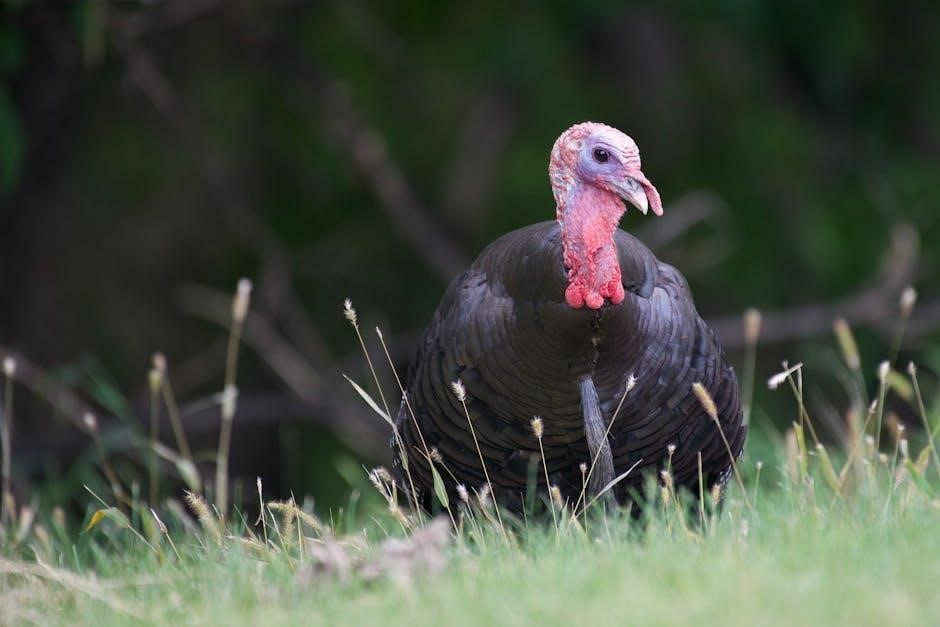Research and Initial Considerations
When planning a guided hunt, understanding the tipping etiquette is essential to ensure a positive experience for both hunters and guides. Research shows that tipping practices vary widely depending on the region, type of hunt, and quality of service. Guides often rely on tips to supplement their income, as their base pay may be modest. Hunters should consider the guide’s expertise, effort, and the overall success of the trip. Online forums and outfitter recommendations suggest that tips typically range from 10% to 20% of the total hunt cost, with some sources advising $100 to $300 per hunter for multi-day trips. It’s important to evaluate the guide’s contribution to the experience, including pre- and post-hunt services, before deciding on an appropriate amount. This initial research helps set expectations and ensures that the tip reflects the value provided by the guide.
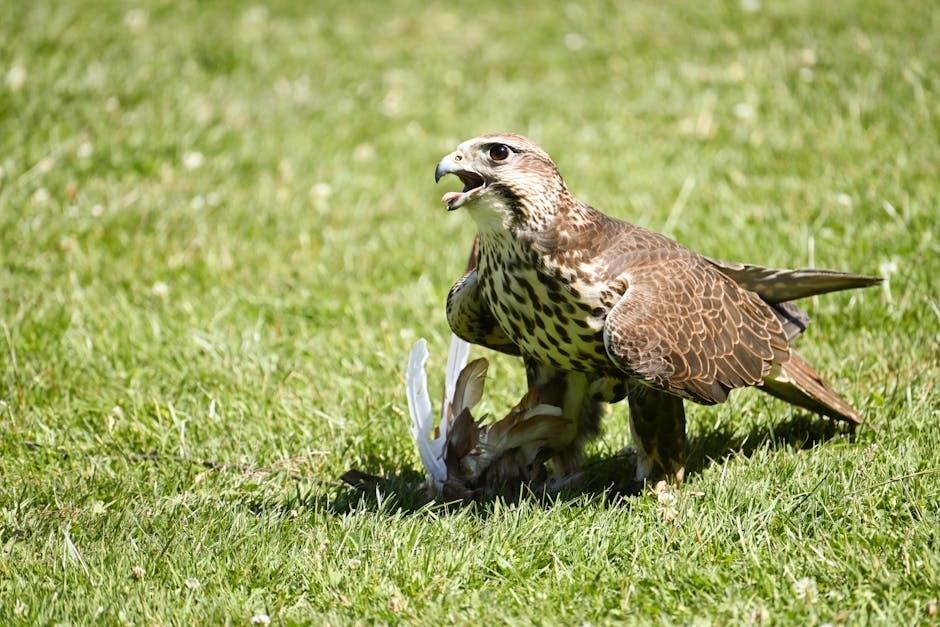
Factors Influencing the Tip Amount
Several factors influence the amount hunters decide to tip their guides, making it important to consider these elements to ensure fairness and satisfaction for both parties. First and foremost, the quality of service provided by the guide plays a significant role. If the guide demonstrates exceptional knowledge, dedication, and effort to ensure a successful and enjoyable hunt, a higher tip is warranted. Conversely, if the guide appears disengaged or unprofessional, a lower tip might be appropriate. Hunters should assess whether the guide went above and beyond their duties, such as providing additional support, sharing valuable insights, or ensuring a memorable experience.
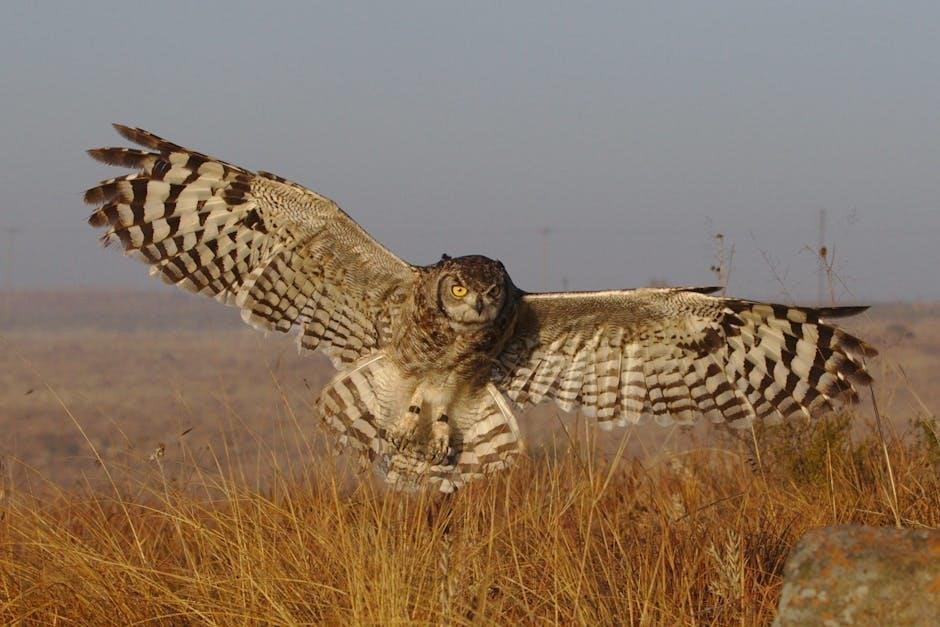
The length and complexity of the hunt are also critical factors. Multi-day hunts, for instance, often require more time and energy from the guide, which may justify a higher tip. Similarly, hunts that involve challenging terrain, specialized skills, or additional services like field dressing and transporting game should be compensated accordingly. Tips for such hunts often range from $100 to $300 per hunter, reflecting the guide’s extended involvement and effort.
The success of the hunt can also influence the tip amount. While some hunters believe that securing a trophy warrants a higher tip, others argue that the guide’s effort and professionalism are more important than the outcome. However, if the guide’s expertise directly leads to a successful hunt, acknowledging their contribution with a generous tip is appropriate. Online sources suggest that for exceptional results, tipping 30% or more of the hunt’s total cost is customary.
Another important consideration is the guide’s compensation structure. Many guides rely heavily on tips to supplement their relatively low base pay, which often ranges between $100 and $150 per day. This financial reality underscores the importance of tipping fairly, as it directly impacts the guide’s livelihood. Hunters should also consider whether the tip will be shared among a team of guides or support staff, as some outfitters have systems in place for distributing tips evenly.
Additionally, regional and cultural tipping norms should be taken into account. Tipping customs vary significantly by location, and hunters should research the standard practices for their specific destination. For example, in some regions, tipping 10% to 15% is considered appropriate, while in others, higher percentages are expected. Understanding these norms helps ensure that the tip is both fair and culturally respectful.
Finally, the hunter’s overall satisfaction with the experience is a key factor. If the hunt exceeded expectations in terms of service, camaraderie, and results, a larger tip reflects gratitude for the guide’s role in creating a memorable experience. Conversely, if the experience was underwhelming, a smaller tip may be warranted, though it’s important to communicate any concerns directly with the guide or outfitter.
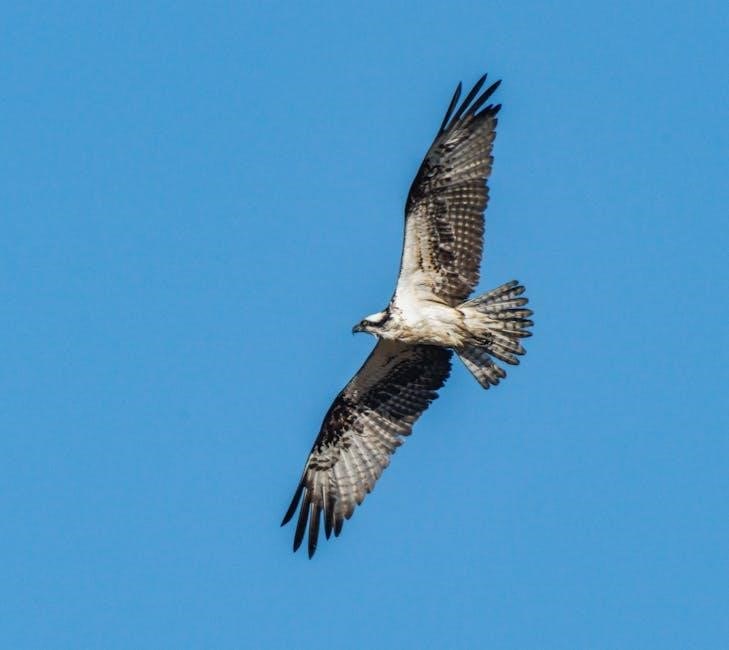
Tipping Guidelines
When it comes to determining how much to tip hunting guides, there are several factors and guidelines to consider. Tipping is a customary practice that not only reflects the quality of service received but also contributes significantly to the guide’s income, as their base pay is often modest. Here are some structured guidelines to help you decide on an appropriate tip amount:
Percentage-Based Tipping: A common recommendation is to tip between 10% to 20% of the total hunt cost. For example, if the hunt costs $1,000, a tip of $100 to $200 would be appropriate. This range allows you to adjust based on the quality of service and the success of the hunt. If the guide provided exceptional service, you might consider tipping on the higher end of this range.
Flat Rate Tipping: For multi-day hunts, many sources suggest tipping between $100 to $300 per person. This flat rate is particularly useful when the hunt cost is not explicitly itemized, or when you prefer a straightforward approach. It’s important to consider the duration and complexity of the hunt when applying this guideline.
Regional Differences: Tipping customs can vary by location, so it’s essential to research local norms for your specific destination. For instance, in some regions, tipping 15% might be standard, while others may expect higher percentages. Understanding these regional differences ensures that your tip is culturally appropriate and fair.
Per Person vs. Per Group: Most guidelines suggest tipping per person, especially if the hunt cost is quoted on a per-person basis. For example, if the hunt costs $250 per person, tipping $100 to $150 per person is a common practice. However, if the hunt is booked as a group package, you may need to adjust accordingly.
Additional Services: If the guide provided extra services such as field dressing, caping, or transporting the game, these should be taken into account when determining the tip. Guides who go above and beyond to ensure a successful and enjoyable experience deserve to be recognized with a higher tip.

Method of Payment: Cash is generally the preferred method of payment for tips, as it ensures the guide receives the full amount without any processing fees. However, if you prefer to use a credit card, it’s best to confirm with the outfitter or guide in advance to ensure they accept this method.
Communication: If you’re unsure about the appropriate tip amount or method, don’t hesitate to ask the guide or outfitter for guidance. They can provide valuable insights based on their experience and local customs. Additionally, if you’re part of a group, it’s important to communicate with your fellow hunters to ensure the tip is fair and agreed upon by everyone.
Final Thoughts: Tipping hunting guides is not only a way to show appreciation for their hard work and expertise but also a way to ensure that they are fairly compensated for their efforts. By following these guidelines and considering the unique aspects of your hunt, you can determine a tip amount that reflects the value you received and ensures a positive experience for both you and the guide.
Practical Considerations
When deciding how much to tip hunting guides, it’s important to consider practical aspects that can influence your decision. These considerations ensure that your tip is both fair and meaningful, reflecting the guide’s efforts and the overall experience. Here are some key practical factors to keep in mind:
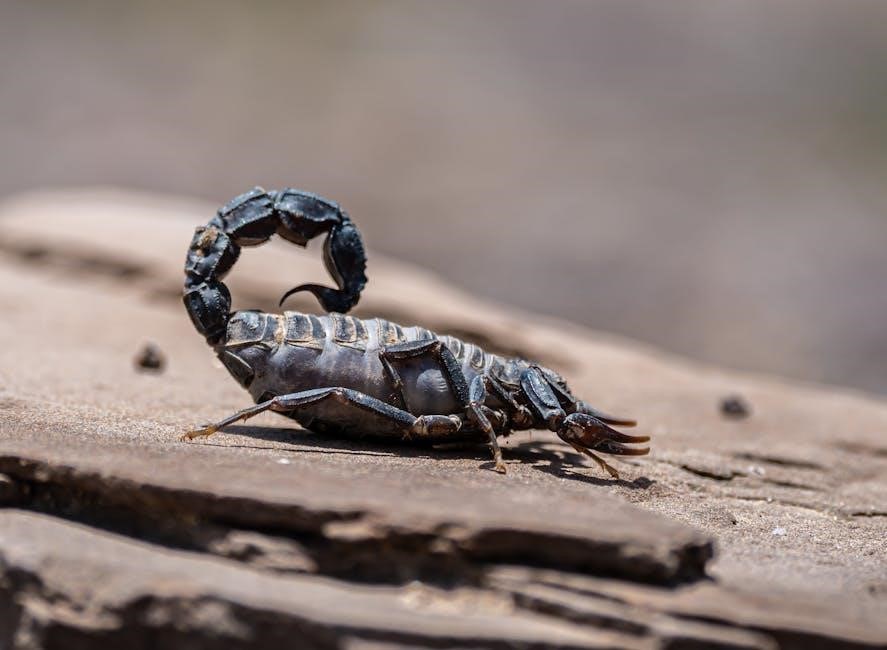
Quality of Service: The most significant factor in determining the tip amount is the quality of service provided by the guide. If the guide demonstrated exceptional skill, knowledge, and dedication, a higher tip is warranted. Conversely, if the service was subpar, you may adjust the tip accordingly. It’s important to assess whether the guide’s efforts contributed to the success and enjoyment of your hunt.
Success of the Hunt: While the success of the hunt shouldn’t solely dictate the tip amount, it’s natural to consider the outcome. A guide who successfully helped you bag a trophy or provided a memorable experience deserves recognition. However, it’s important to remember that guides often work hard regardless of the hunt’s success, so don’t base your tip solely on the outcome.
Duration of the Hunt: The length of the hunt is another practical consideration. For multi-day hunts, guides often work long hours, from dawn to dusk, to ensure a successful experience. Tips for longer hunts should reflect the extended time and effort invested by the guide. A flat rate tip per day or a percentage of the total cost can be appropriate in these cases.
Additional Services Provided: Some guides offer extra services such as field dressing, caping, and transporting the game. These services can add significant value to your experience and should be factored into your tip. If the guide went above and beyond to ensure your convenience and satisfaction, consider increasing the tip to reflect their extra efforts.
Group Dynamics: If you’re hunting as part of a group, it’s important to discuss the tip with your fellow hunters to ensure everyone contributes fairly. Agreeing on a tip amount beforehand can prevent awkward situations and ensure that the guide receives a fair total. Additionally, if the guide provided individualized attention to each member of the group, this should be recognized in the tip.
Payment Method: Cash is generally the preferred method for tipping guides, as it ensures they receive the full amount without any processing fees. However, if you prefer to use a credit card, it’s best to confirm with the guide or outfitter in advance to ensure they accept this method. Additionally, if you’re part of a group, consider pooling cash contributions to simplify the process.
Communication: If you’re unsure about the appropriate tip amount or method, don’t hesitate to ask the guide or outfitter for guidance. They can provide valuable insights based on their experience and local customs. Clear communication ensures that your tip is both fair and appreciated, fostering a positive relationship with the guide.
Budget Considerations: While it’s important to tip fairly, it’s equally important to consider your own budget. Determine an amount that reflects the guide’s service without causing financial strain. Remember, the tip should be a gesture of appreciation, not a source of stress.
Cultural Norms: Tipping customs can vary significantly by region and culture. Research local tipping norms for your specific destination to ensure your tip is culturally appropriate. For example, in some areas, a higher tip percentage is expected, while in others, a flat rate is more common. Understanding these differences helps you navigate tipping etiquette confidently.
Final Thoughts: Practical considerations such as the quality of service, hunt duration, additional services, and payment method all play a role in determining how much to tip hunting guides. By thoughtfully evaluating these factors and communicating with your guide, you can ensure that your tip is both fair and meaningful, reflecting the value you received from their expertise and efforts.
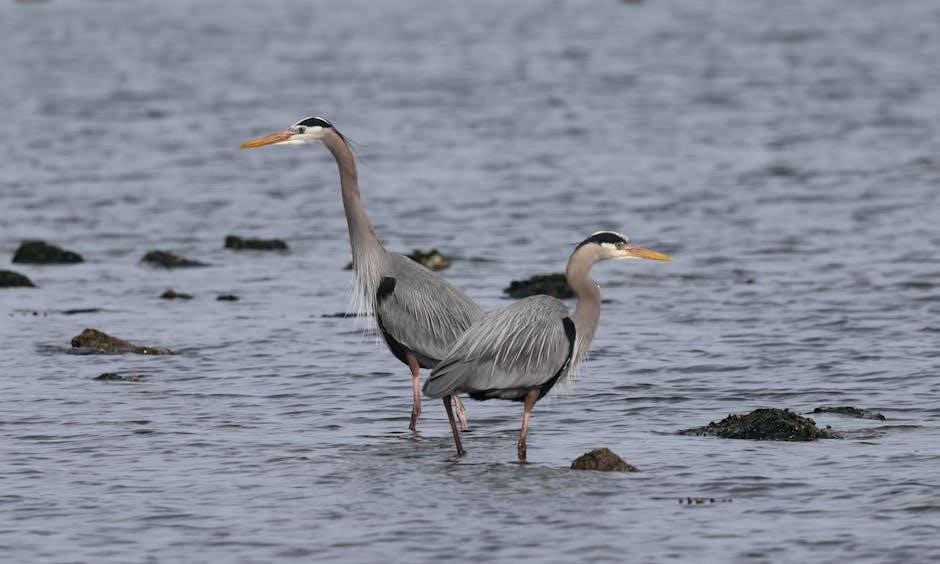
Final Decision

After considering all the factors, research, and guidelines, it’s time to make a final decision on how much to tip your hunting guide. This decision should reflect the quality of service, the success of the hunt, and your overall satisfaction with the experience. Below are some key steps to help you arrive at a fair and appropriate tip amount:
Evaluate the Guide’s Performance: Take a moment to reflect on the guide’s professionalism, knowledge, and effort throughout the hunt. Did they go above and beyond to ensure your success and comfort? Were they skilled in tracking, calling, and positioning you for the best opportunities? If the guide demonstrated exceptional expertise and dedication, consider a higher tip to acknowledge their hard work.
Consider the Hunt’s Success: While the success of the hunt shouldn’t solely determine the tip, it’s natural to feel more generous if the guide helped you achieve your goals. However, remember that guides often work just as hard in challenging conditions or when game is scarce. A fair tip should reflect their effort, regardless of the outcome.
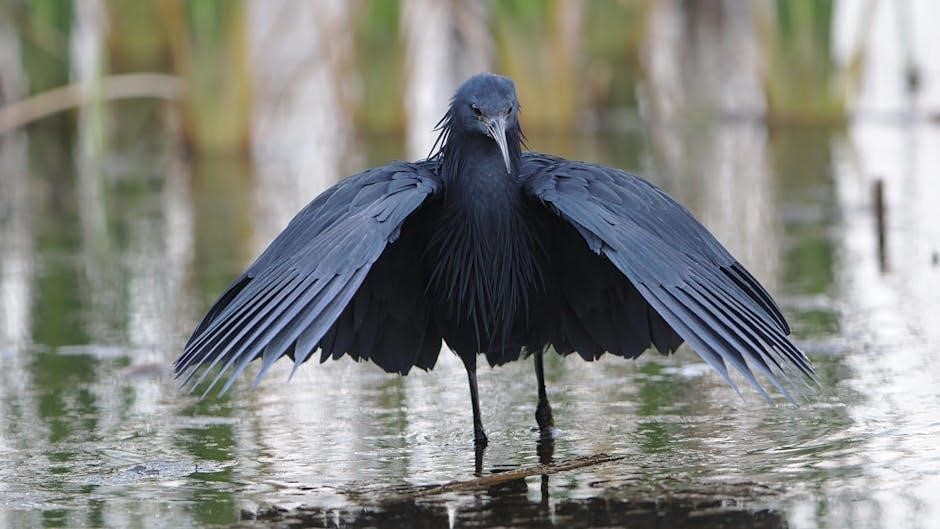
Calculate Based on Hunt Cost: A common approach is to tip a percentage of the total hunt cost. For guided hunts, 10% to 20% is widely recommended, with 15% being a standard benchmark. For example, if the hunt costs $1,000, a tip of $150 to $200 would be appropriate. Adjust this percentage based on the quality of service and any additional efforts made by the guide.
Flat Rate Tips: In some cases, hunters prefer to tip a flat rate rather than a percentage. For multi-day hunts, $100 to $300 per hunter per day is a typical range, depending on the region and type of hunt. If you’re part of a group, consider splitting the tip evenly among all participants to ensure the guide is fairly compensated.
Include Support Staff: If the hunt involved additional staff, such as cooks, drivers, or skinned and quartered your game, consider tipping them as well. A smaller tip for support staff, such as $50 to $100 per person, is a thoughtful gesture for their contributions to your experience.
Be Mindful of Your Budget: While it’s important to tip fairly, don’t feel pressured to exceed your financial comfort zone. If you’re unable to tip the recommended percentage, explain your situation honestly and offer what you can afford. Guides understand that hunters have different budgets and will appreciate your sincerity.

Non-Monetary Gestures: In addition to a monetary tip, consider showing your appreciation through non-monetary gestures. For example, you could write a positive review for the guide or outfitter, refer friends, or send a small gift that reflects their interests. These gestures can be meaningful and demonstrate your gratitude beyond the tip.
Final Thoughts: The final decision on how much to tip your hunting guide should be based on a thoughtful evaluation of their service, the hunt’s success, and your budget. Aim for a tip that reflects the value you received and leaves both you and the guide feeling satisfied with the arrangement. By following these guidelines, you can ensure that your tip is fair, appreciated, and in line with industry standards.
Remember, tipping is a way to express gratitude for the guide’s hard work and dedication. Whether you tip at the higher or lower end of the recommended range, make sure it’s an amount that feels right to you and reflects the quality of your experience.
